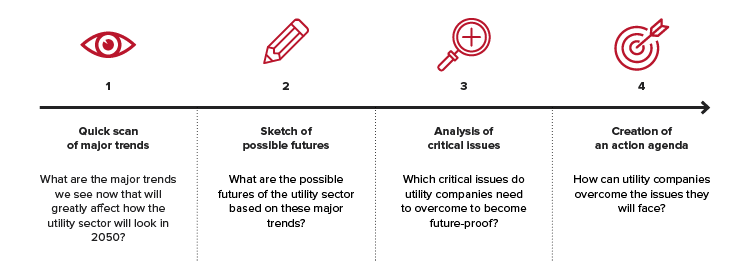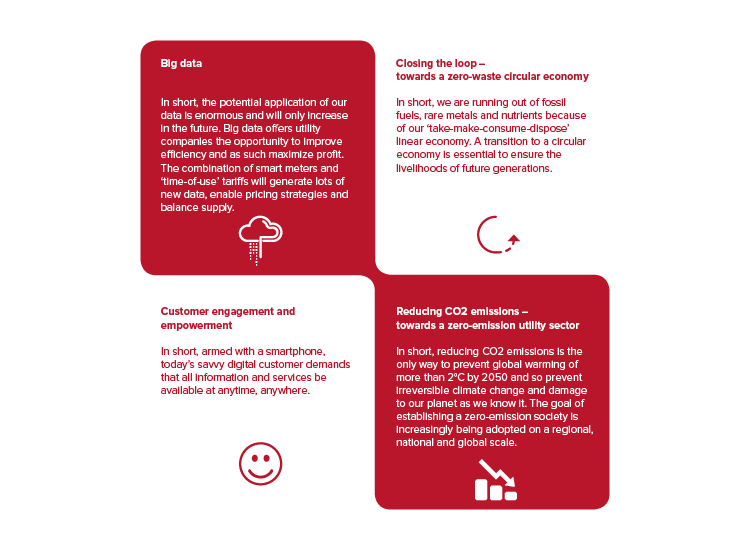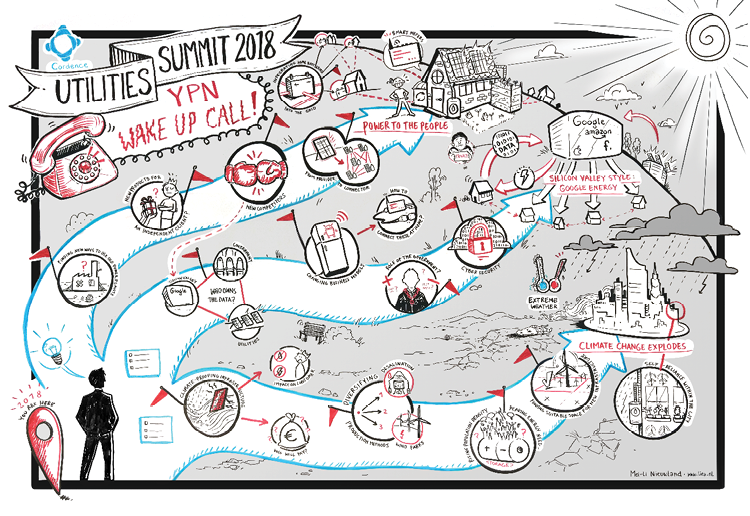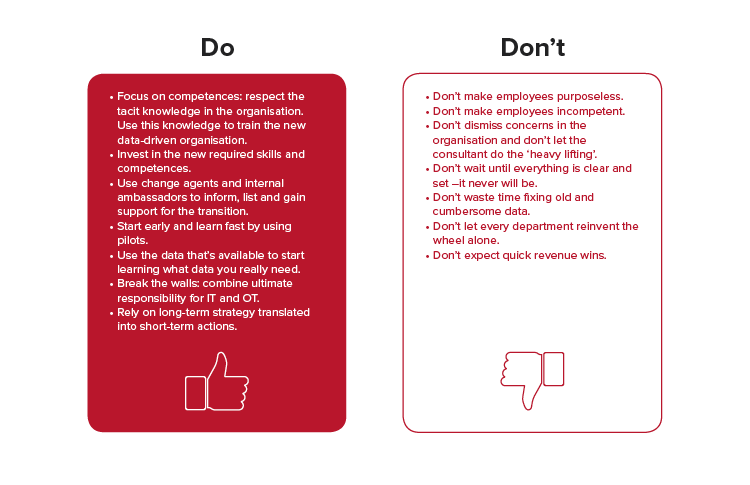Jasper Oudshoorn, Adviseur Zorg
- Werken aan transities
-
Wat we doen
-
Advies
Onze adviseurs weten precies wat er in hun vakgebied speelt. Bij TwynstraGudde blinken we uit in het vinden van werkbare oplossingen voor complexe vraagstukken. Oplossingen waar een land in transitie mee verder kan, ook op de lange termijn.
-
Expertises
- Assetmanagement
- Contracteren
- Evaluaties en onderzoek
- Financieel management
- Gebiedsontwikkeling
- Innovatie
- Leiderschapsontwikkeling
- Omgevingsmanagement
- Organisatieontwikkeling
- Portfoliomanagement
- Programmamanagement
- Projectmanagement
- Risicomanagement
- Samenwerken
- Social design
- Strategie
- Verandermanagement
- Domeinen
-
Expertises
-
Management
Onze management oplossingen helpen organisaties bij vraagstukken van nu én morgen, met managementadvies, executive search en interim-management. Op strategisch, tactisch en operationeel niveau. Een impuls voor beter en inspirerend leiderschap.
-
Opleiden
Onze opleidingen zijn bedoeld voor iedereen die klaar wil zijn voor de toekomst. Onze docenten hebben ruime praktijkervaring en kennen alle succesvol toegepaste theorieën op het gebied van organisatie en management. En voor groepen maken we opleidingen op maat.
-
Advies
- Wie we zijn
- Impact
- Werken bij
Werken aan transities
Met onze adviseurs, managers en opleiders dragen we bij aan duurzame, maatschappelijke veranderingen. De uitdagingen zijn groot, maar onze kracht ligt in daadkracht. We krijgen maatschappelijke transities werkend.
Maatschappelijke transities
Impact
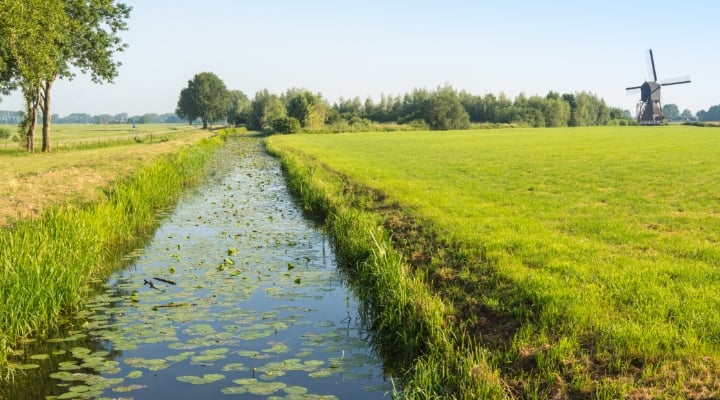
De waterschapsverkiezingen liggen alweer bijna drie maanden achter ons. De nieuwe algemene besturen (AB) zijn geïnstalleerd, de dagelijks besturen (DB) worden geformeerd en zijn in een aantal waterschappen al gestart. Dit is de periode waarin nieuwe politieke ambities worden gevormd en er een andere bestuurlijke dynamiek ontstaat. Alle reden om als waterschap stil te staan bij het bestuurlijk samenspel en de wijze waarop dit georganiseerd is. Dat vond ook het waterschap waar wij aan de slag gaan met een advies over bestuurs- en directieondersteuning. Lees wat wij voor dit waterschap doen en ook voor jouw waterschap kunnen doen.
Bekijk de impact voor gemeente Amsterdam
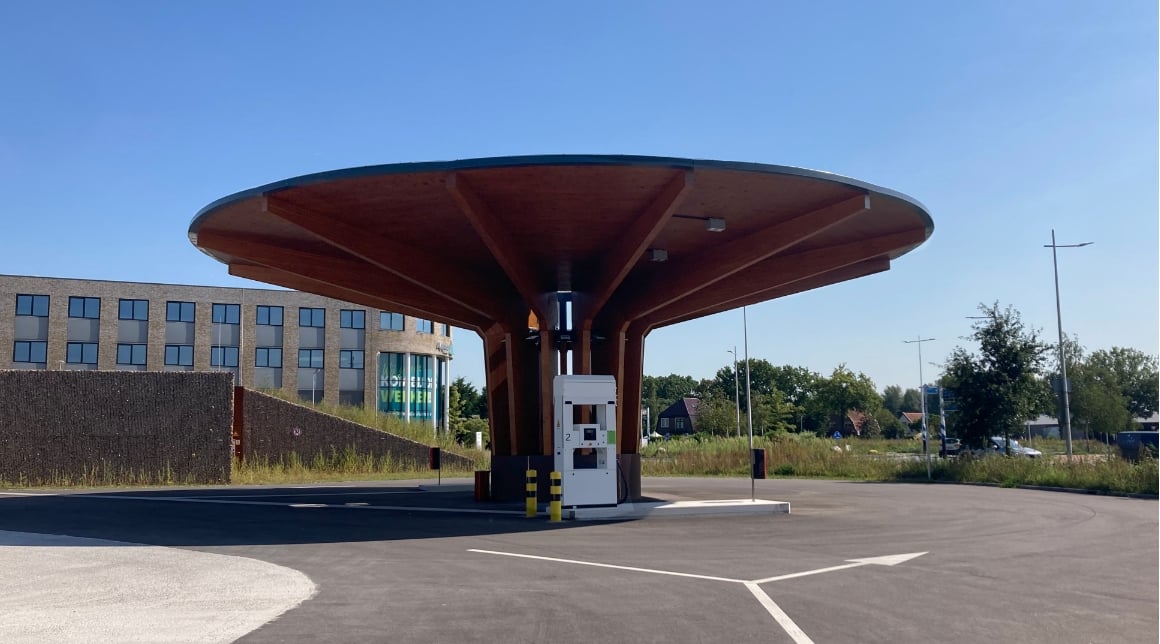
Fountain Fuel bouwt emissieloze energiestations in Nederland, waar waterstof tanken en elektrisch opladen worden gecombineerd. TwynstraGudde hielp het relatief jonge bedrijf met de aanbestedingen voor juridische ondersteuning en ontwerp- en ingenieursdiensten. Zo heeft het bedrijf voldaan aan de subsidievoorwaarden van de Europese Investeringsbank.
Bekijk de impact voor Fountain Fuel
Opleiden
Ben je een jonge leidinggevende of manager die zich op het grensvlak van operationeel en strategisch leiderschap bevindt? Heb je bewust de volgende...
Je bent al enigszins bekend met de wereld van projecten en programma’s. Maar tegelijkertijd vraag je je af op welke manier jouw organisatie tot de...
Wie we zijn
Bij TwynstraGudde werken mensen met zeer uiteenlopende expertises. Onze adviseurs, managers en opleiders vullen elkaar aan en dagen elkaar uit. Want samen komen we verder. Een oplossing is pas goed als die uitvoerbaar is. En als onze samenleving er blijvend wat aan heeft. We krijgen maatschappelijke transities werkend.
Ontdek
Recente vacatures
Adviseur contracteren en aanbesteden van vitale infrastructuur
Wil jij bijdragen aan een vitale infrastructuur in Nederland? Onze adviseurs werken aan complexe projecten en programma’s in de bouw, infrastructuur, energie en....
Solliciteer nuMedior interim manager Openbaar Bestuur
Wij geloven dat de huidige uitdagingen in de publieke sector om nieuw leiderschap vragen. Hiervoor is een nieuwe generatie managers nodig. Managers die opgaven...
Solliciteer nuImpact
Als aanjager van verandering staan we boven de belangen en tussen de partijen. We leven ons in, verkennen, analyseren, verhelderen, verbinden en ontwikkelen. We breken open wat in beton gegoten lijkt te zijn. Versnellen wat vast dreigt te lopen en brengen projecten tot een goed einde. Zo maken we blijvend impact op morgen.
Onze impact
Onze resultaten bij opdrachtgevers
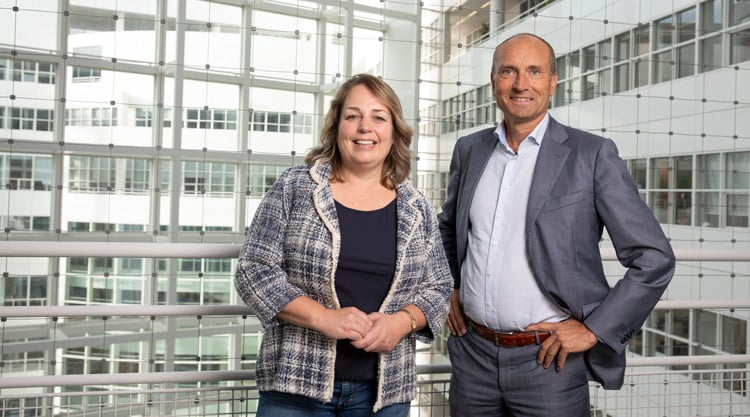
De gemeente Den Haag brengt innovatieve bedrijvigheid, zorgverleners, onderwijs en andere partijen bij elkaar. In samenwerking komen nieuwe producten en diensten en innovatieve vormen van dagelijkse zorgverlening tot stand. Meer inwoners van de stad kunnen daardoor in de toekomst rekenen op zorg, meer ondernemers beginnen in deze sector met een bedrijf en er wordt gewerkt aan een grotere verscheidenheid aan banen. Drie gemeentelijke diensten trekken het programma. Sandra van de Waart (teammanager bij de afdeling Economie) heeft Nathal van Rijn (TwynstraGudde Interim Management) aangesteld als kwartiermaker Zorginnovatie.
Impact via tijdelijke kwartiermaker
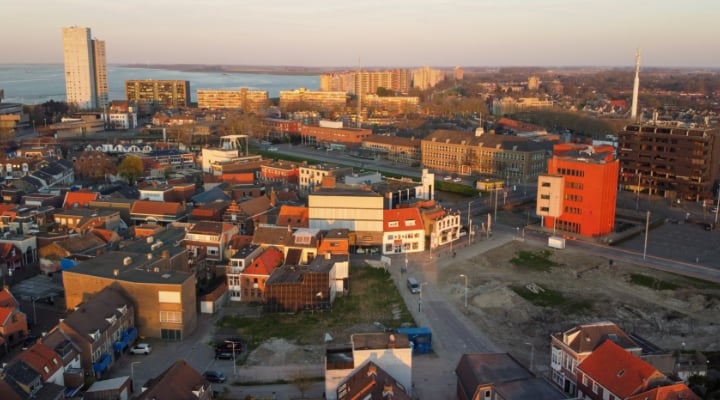
Het moet allemaal frisser, bruisender en groener. De binnenstad van Terneuzen moet zichzelf de komende jaren opnieuw uitvinden. Het Totaalplan Binnenstad Terneuzen is de allesomvattende toekomstvisie, waarin staat beschreven hoe de vernieuwing en ontwikkeling van de binnenstad vorm kan krijgen. TwynstraGudde is gevraagd om uitvoering te geven aan het Totaalplan door de rol van kwartiermaker te vervullen.
Impact via allesomvattende toekomstvisie
-
Werken aan transities
- Werken aan transities
- Digitalisering
- Energie
- Klimaat
- Landelijk gebied
- Mobiliteit
- Openbaar bestuur
- Ruimte
- Ondermijning
- Woningbouwopgave
- Zorg
-
Wat
we doen
-
Advies
Onze adviseurs weten precies wat er in hun vakgebied speelt. Bij TwynstraGudde blinken we uit in het vinden van werkbare oplossingen voor complexe vraagstukken. Oplossingen waar een land in transitie mee verder kan, ook op de lange termijn.
-
Expertises
- Assetmanagement
- Contracteren
- Evaluaties en onderzoek
- Financieel management
- Gebiedsontwikkeling
- Innovatie
- Leiderschapsontwikkeling
- Omgevingsmanagement
- Organisatieontwikkeling
- Portfoliomanagement
- Programmamanagement
- Projectmanagement
- Risicomanagement
- Samenwerken
- Social design
- Strategie
- Verandermanagement
- Domeinen
-
Expertises
-
Management
Onze management oplossingen helpen organisaties bij vraagstukken van nu én morgen, met managementadvies, executive search en interim-management. Op strategisch, tactisch en operationeel niveau. Een impuls voor beter en inspirerend leiderschap.
-
Opleiden
Onze opleidingen zijn bedoeld voor iedereen die klaar wil zijn voor de toekomst. Onze docenten hebben ruime praktijkervaring en kennen alle succesvol toegepaste theorieën op het gebied van organisatie en management. En voor groepen maken we opleidingen op maat.
-
Advies
- Wie we zijn
- Impact
- Werken bij
Waar wij aan werken
Met onze adviseurs, managers en opleiders dragen we bij aan duurzame, maatschappelijke veranderingen. Denk aan de energietransitie en de klimaatdoelen, de toekomst van de landbouw, goed onderwijs, passende zorg, oplossingen voor de krapte op de woningmarkt en hoe we het best van A naar B reizen. De uitdagingen zijn groot, maar onze kracht ligt in daadkracht. We laten transities werken.
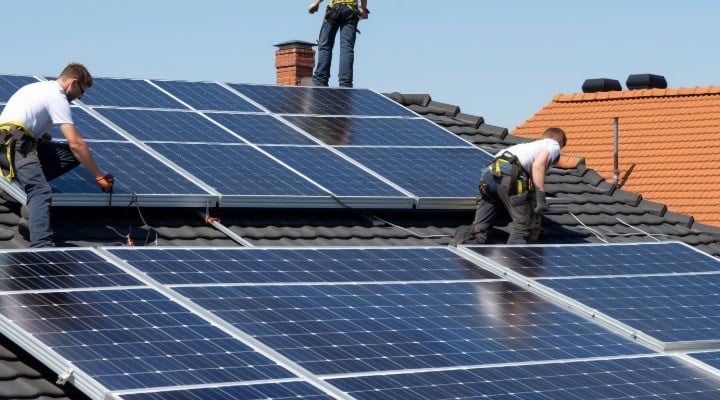
De energietransitie is in de fase van uitvoering. Voor gemeenten breekt daarmee een nieuwe tijd aan. Met de regionale energiestrategie (RES), de transitievisie warmte (TVW) en het regionale mobiliteitsprogramma (RMP) zijn de piketpaaltjes geslagen. Nu worden mensen geworven en concrete maatregelen gekozen. De schop gaat de grond in en er moet voortgang worden geboekt. De vraag waar gemeenten nu voor staan, is: hoe breng je de energietransitie van plan naar uitvoering?
Lees verder

De waterschapsverkiezingen liggen alweer bijna drie maanden achter ons. De nieuwe algemene besturen (AB) zijn geïnstalleerd, de dagelijks besturen (DB) worden geformeerd en zijn in een aantal waterschappen al gestart. Dit is de periode waarin nieuwe politieke ambities worden gevormd en er een andere bestuurlijke dynamiek ontstaat. Alle reden om als waterschap stil te staan bij het bestuurlijk samenspel en de wijze waarop dit georganiseerd is. Dat vond ook het waterschap waar wij aan de slag gaan met een advies over bestuurs- en directieondersteuning. Lees wat wij voor dit waterschap doen en ook voor jouw waterschap kunnen doen.
Lees verder
Wie we zijn
Onze adviseurs en managers hebben uiteenlopende expertises en voelen zich verantwoordelijk voor de uitvoering. Duurzaamheid is een integraal onderdeel van onze werkwijze.
Impact op morgen
Wij voelen ons betrokken bij de wereld om ons heen en werken aan urgente vraagstukken. Alles om Nederland verder te helpen en transities werkend te maken.

De gemeente Den Haag brengt innovatieve bedrijvigheid, zorgverleners, onderwijs en andere partijen bij elkaar. In samenwerking komen nieuwe producten en diensten en innovatieve vormen van dagelijkse zorgverlening tot stand. Meer inwoners van de stad kunnen daardoor in de toekomst rekenen op zorg, meer ondernemers beginnen in deze sector met een bedrijf en er wordt gewerkt aan een grotere verscheidenheid aan banen. Drie gemeentelijke diensten trekken het programma. Sandra van de Waart (teammanager bij de afdeling Economie) heeft Nathal van Rijn (TwynstraGudde Interim Management) aangesteld als kwartiermaker Zorginnovatie.
Lees meer over deze opdracht

Het stationskwartier moet dé bruisende ontmoetingsplek worden van Helmond en de rest van de regio. Een vitaal gebied waar het goed wonen, werken en vertoeven is. Het station zelf is al in een nieuw jasje gestoken. De ontwikkeling van het gebied eromheen is de volgende stap. Een gebiedsvisie moest nog worden opgesteld. Parallel aan het opstellen van deze visie is TwynstraGudde gevraagd om de ontwikkelstrategie te maken én de financiële haalbaarheid te bepalen.
Bekijk meer
Recente vacatures
Inhousedag Stad van de Toekomst
Ben jij student, starter of professional met minder dan 2 jaar werkervaring en wil je ervaren hoe het is om als adviseur bij TwynstraGudde te werken? Kom dan naar onze Inhousedag 'Stad van de toekomst'. En ervaar zelf hoe jij kunt werken aan verschillende opdrachten zoals 1) het sneller...
Solliciteer nuMedior interim manager Openbaar Bestuur
Wij geloven dat de huidige uitdagingen in de publieke sector om nieuw leiderschap vragen. Hiervoor is een nieuwe generatie managers nodig. Managers die opgaven behapbaar kunnen maken, die mensen kunnen inspireren en motiveren en die....
Solliciteer nu